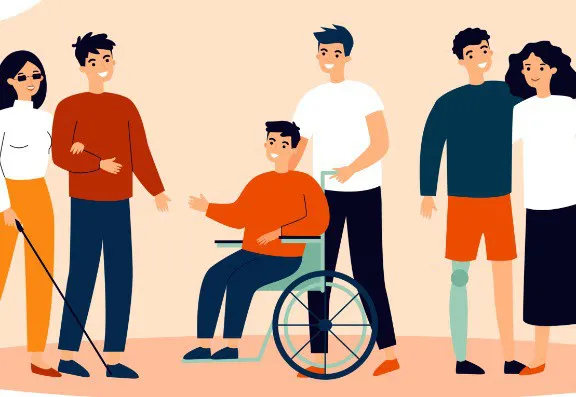4) Celebrate holidays and consider religious adjustments
In the medical aesthetics industry, holidays and religious traditions can be particularly important, as they can impact the scheduling and availability of treatments for clients. For example, some clients may observe religious holidays that require them to take time off work or avoid certain activities, which may impact their ability to schedule appointments. Others may want to look and feel their best for the special occasion.
Businesses can create a more welcoming and accommodating environment by considering these factors and making adjustments to accommodate clients’ needs. This can include offering extended hours or appointments outside of traditional business hours to accommodate clients’ schedules or offering alternative treatment options for clients who may need to avoid certain treatments during specific holidays or periods of observance.
Additionally, businesses can use marketing materials to celebrate holidays and acknowledge religious traditions. It’s common to see holiday-specific promotions, special offers, social media posts, or email campaigns that acknowledge holidays and their significance.
However, it’s important to approach this type of marketing with sensitivity and cultural awareness. Businesses should ensure that their marketing materials are respectful and inclusive of all religious traditions and avoid using cultural or religious symbols or themes inappropriately.
5) Counter stereotypes
Stereotypes can create barriers that prevent people from accessing treatments that could benefit them, particularly in the medical aesthetics industry, where stereotypes about beauty and body image can be pervasive.
Businesses can also challenge stereotypes by using language and imagery that is sensitive to the experiences and concerns of diverse groups. For example, they can use inclusive language in marketing materials, such as avoiding language that assumes a particular gender or sexuality and avoiding stereotypes about individuals based on their ethnicity or religion.
Additionally, clinics can use marketing materials to showcase the diversity of their staff and clientele and to build trust and credibility with people browsing for aesthetic treatments. By counteracting stereotypes, clinics can create a more inclusive and welcoming environment that celebrates diversity and challenges common assumptions and biases. Medical aesthetics treatments are a trust sell, so establishing loyalty among a wider audience can ultimately drive growth and success.
This is not a box-ticking exercise, part of a ‘woke agenda’, or virtue signalling. Trust is a massive part of our industry, and patients need to be reassured that they are welcome in your practice. By being more inclusive in your marketing, you can open up your services to a wider audience base which will benefit both you and your patients, existing and future.


